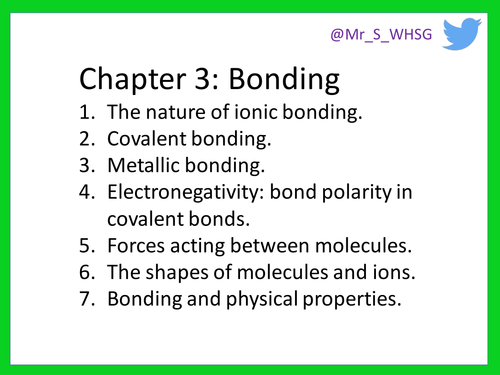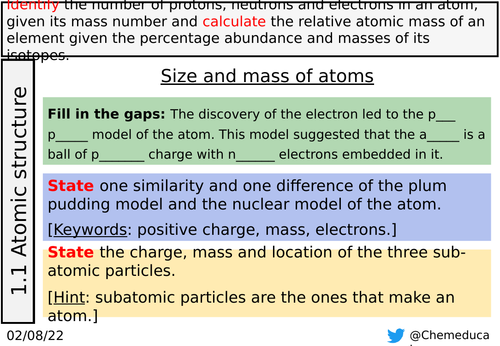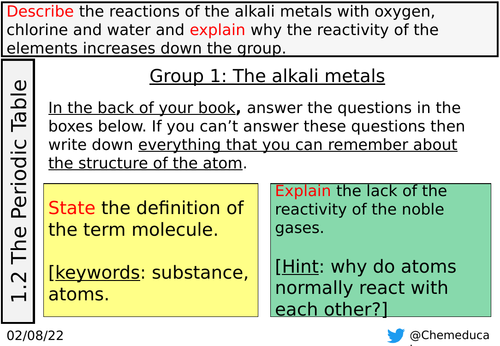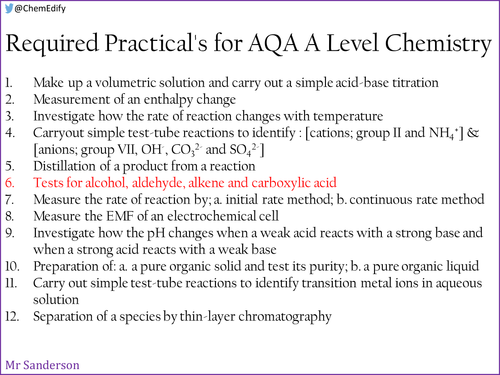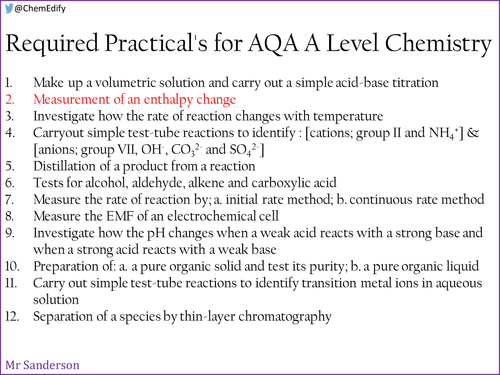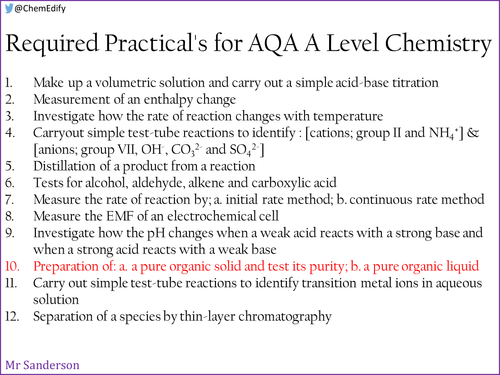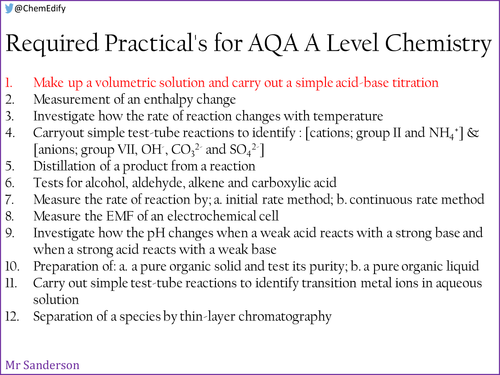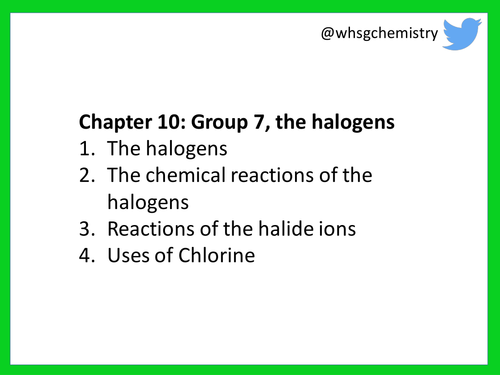Keep Calm & Teach Chemistry
A variety of resources mostly for teaching Chemistry: Presentations that support lessons or practical work. 'Interesting animations built into PowerPoint slides' Ideal for AQA Exam board. #Chemeducation for corrections and updates



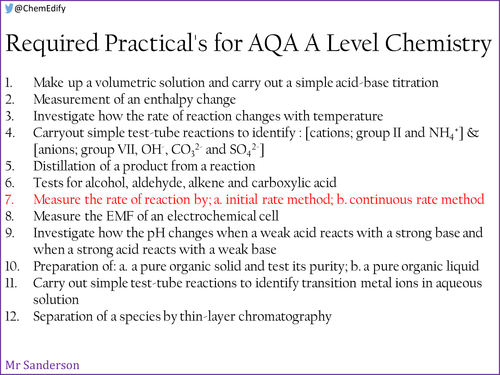


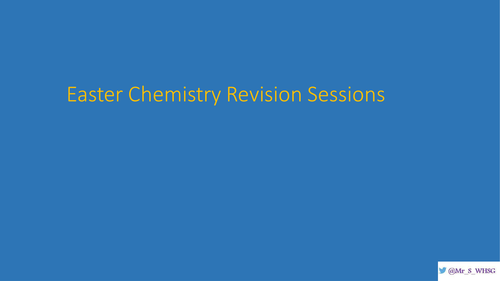
![AQA [3.1.8.1] Born-Haber Cycles [New AQA A-Level (2016-)]](https://dryuc24b85zbr.cloudfront.net/tes/resources/11679923/image?width=500&height=500&version=1519314482301)

![AQA A-Level Chemistry [3.3.4.3] Addition polymers [New Specification (2016-)]](https://dryuc24b85zbr.cloudfront.net/tes/resources/11828889/image?width=500&height=500&version=1517696163468)
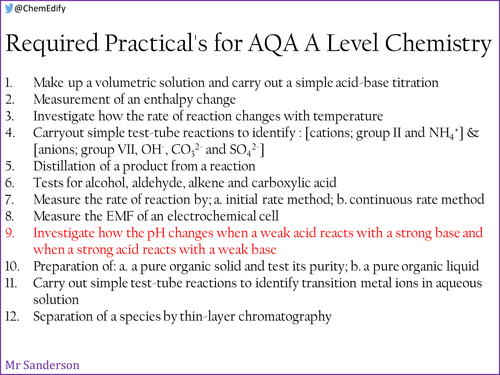
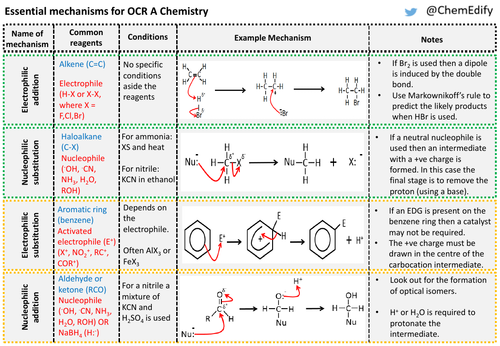
![AQA [3.1.1.1] Fundamental Particles & [3.1.1.2] Mass number and isotopes [New AQA A-Level (2016-)]](https://dryuc24b85zbr.cloudfront.net/tes/resources/11679905/image?width=500&height=500&version=1519314482271)
![AQA A-Level Chemistry [3.3.4] Alkenes [New Specification (2016-)]](https://dryuc24b85zbr.cloudfront.net/tes/resources/11828872/image?width=500&height=500&version=1517695186266)
